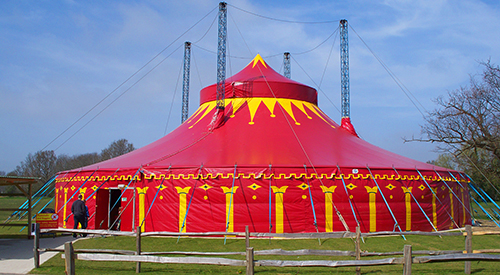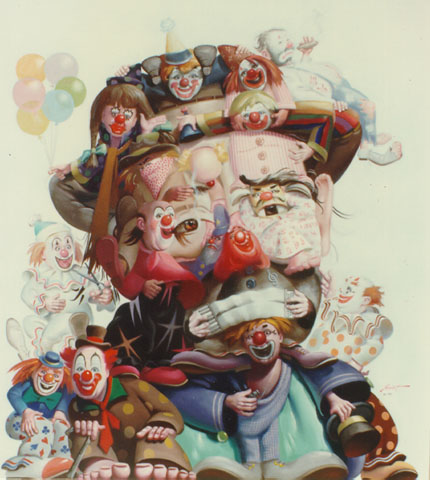Stamp: Clown blanc (France 2017)
Clown blanc (France 2017)
29 September (France ) within release Circus goes into circulation Stamp Clown blanc face value Lettre No Face Value
| Stamp Clown blanc in catalogues | |
|---|---|
| Yvert et Tellier: | Yt: FR A1479 |
| Michel: | Mi: FR 6878 |
Stamp is vertical format.
Permanent validity - Green letter 20g to France - Issued from the booklet: "Circus arts" - Initial value: 0.73€Also in the issue Circus:
- Stamp - Cerceau face value Lettre;
- Stamp - Equilibriste face value Lettre;
- Stamp - Ruban face value Lettre;
- Stamp - Monsieur Loyal face value Lettre;
- Stamp - Lapin face value Lettre;
- Stamp - Dompteur face value Lettre;
- Stamp - Equilibristes face value Lettre;
- Stamp - Clown blanc face value Lettre;
- Stamp - Gymnaste face value Lettre;
- Stamp - Elephant face value Lettre;
- Booklet - Circus face value 12*Lettre;
- Stamp - Equilibriste cheval face value Lettre;
- Stamp - Clown chantant face value Lettre;
Stamp Clown blanc it reflects the thematic directions:
A circus is a company of performers who put on diverse entertainment shows that may include clowns, acrobats, trained animals, trapeze acts, musicians, dancers, hoopers, tightrope walkers, jugglers, magicians, ventriloquists, and unicyclists as well as other object manipulation and stunt-oriented artists. The term circus also describes the field of performance, training and community which has followed various formats through its 250-year modern history. Although not the inventor of the medium, Newcastle-under-Lyme born Philip Astley is credited as the father of the modern circus.
A clown is a person who performs comedy and arts in a state of open-mindedness using physical comedy, typically while wearing distinct makeup or costuming and reversing folkway-norms. The art of performing as a clown is known as clowning or buffoonery, and the term "clown" may be used synonymously with predecessors like jester, buffoon, joker, fool, or harlequin. Clowns have a diverse tradition with significant variations in costume and performance. The most recognisable clowns are those that commonly perform in the circus, characterized by colorful wigs, red noses, and oversized shoes. However, clowns have also played roles in theater and folklore, like the court jesters of the Middle Ages and the jesters and ritual clowns of various indigenous cultures. Their performances can elicit a range of emotions, from humor and laughter to fear and discomfort, reflecting complex societal and psychological dimensions. Through the centuries, clowns have continued to play significant roles in society, evolving alongside changing cultural norms and artistic expressions.
A hand is a prehensile, multi-fingered organ located at the end of the forearm or forelimb of primates such as humans, chimpanzees, monkeys, and lemurs. A few other vertebrates such as the koala (which has two opposable thumbs on each "hand" and fingerprints remarkably similar to human fingerprints) are often described as having "hands" instead of paws on their front limbs. The raccoon is usually described as having "hands" though opposable thumbs are lacking.



